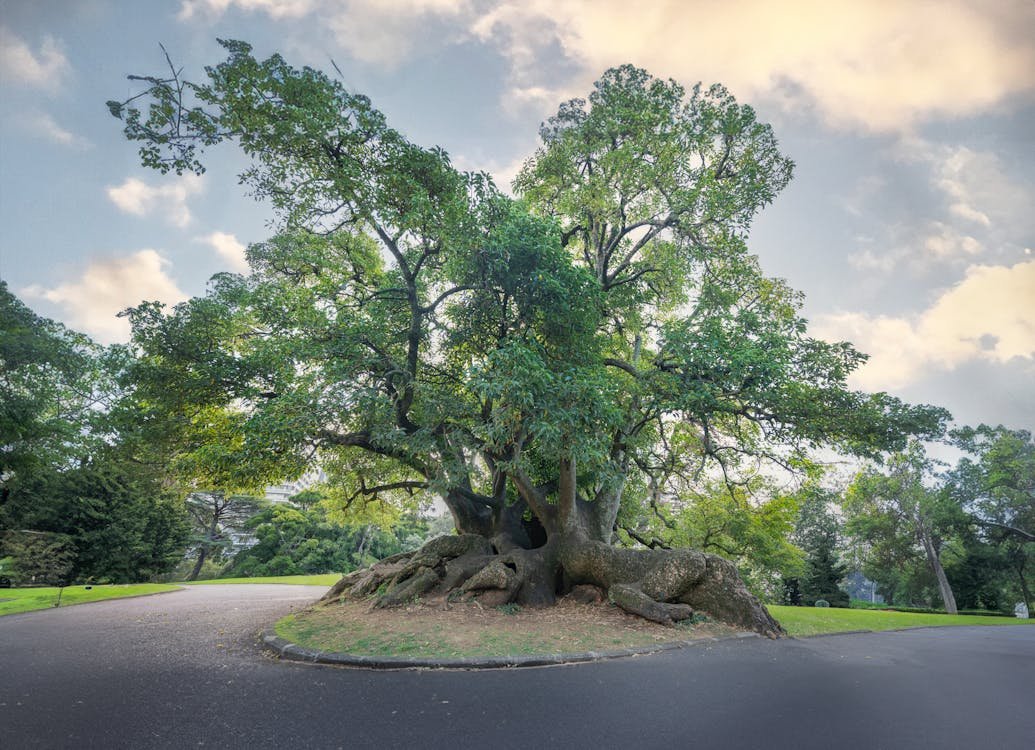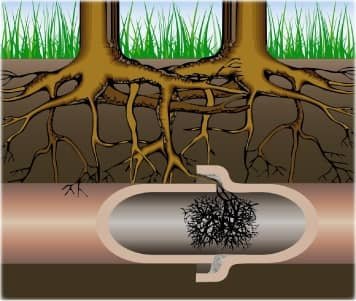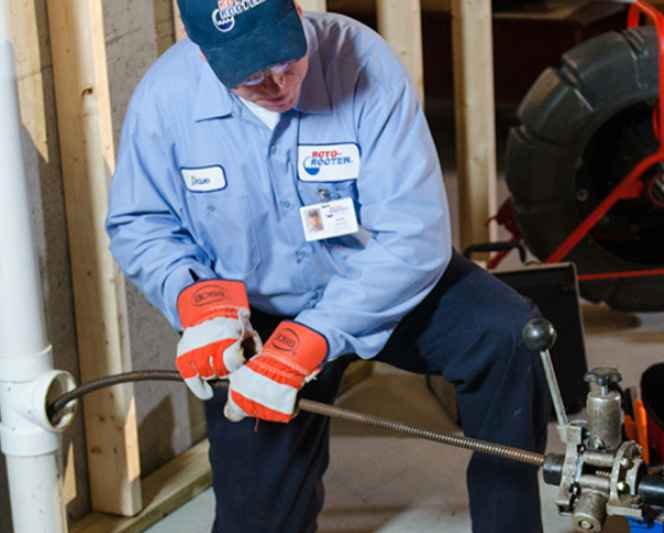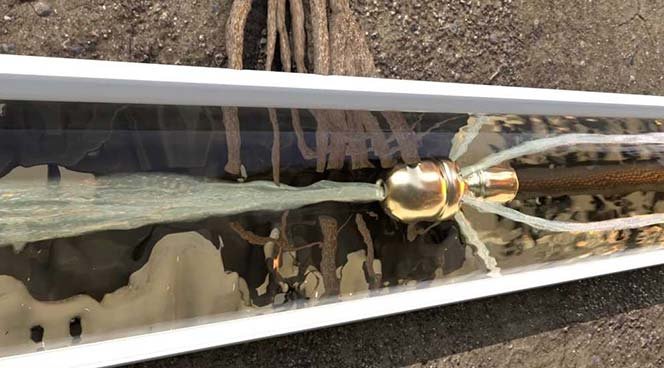Understanding the Problem
Why Tree Roots Invade Sewer Lines
Tree roots naturally seek out moisture and nutrients, making your sewer lines an attractive
target. If there’s even a small crack or joint in your pipes, roots can infiltrate and begin to grow inside, exacerbating the damage over time.
Common Pipe Materials Susceptible to Root Invasion
Older homes often have sewer lines made of materials like clay, cast iron, or Orangeburg, which are particularly vulnerable to root intrusion. Even PVC pipes aren’t immune if they have joints or cracks.


Signs of Tree Root Intrusion
Slow Drains and Frequent Clogs
If your sinks, tubs, or toilets are draining slowly or clogging frequently, it could be a sign that
roots are obstructing your sewer lines.
Gurgling Sounds from Toilets and Drains
Unusual noises when water is draining can indicate that roots are disrupting the normal flow
within your pipes.
Unpleasant Odors
Roots can trap debris and waste, leading to foul smells emanating from your drains or yard.
Lush Patches in the Lawn
An unusually green or lush area in your yard might suggest a leaking sewer line, providing extra nutrients to the grass above.
Sinkholes or Depressions in the Yard
Severe root intrusion can cause the ground above to sink or collapse, creating hazardous
sinkholes.
Consequences of Ignoring the Problem
Complete Blockage of Sewer Lines
As roots grow, they can completely block the flow of wastewater, leading to backups and
overflows.
Sewage Backups into the Home
Blocked sewer lines can cause sewage to back up into your home, damaging floors, walls, and personal belongings.
Structural Damage to Pipes and Property
Persistent root intrusion can crack or collapse pipes, leading to costly repairs and potential
damage to your home’s foundation.
Health Hazards from Sewage Exposure
Exposure to raw sewage poses serious health risks, including bacterial infections and
respiratory issues.

Diagnosing the Issue
Professional Sewer Camera Inspections
A professional plumber can perform a camera inspection to identify the presence and extent of
root intrusion in your sewer lines.
Identifying the Extent and Location of Root Intrusion
Understanding where and how extensively roots have infiltrated your pipes is crucial for
determining the appropriate remediation strategy.
Solutions to Tree Root Intrusion
Techniques like snaking and hydro-jetting can physically remove roots from your pipes,
restoring flow temporarily.
Chemical Treatments
Root-killing chemicals, such as foaming root killers, can eliminate roots within pipes and prevent
regrowth. However, they should be used cautiously to avoid environmental harm.
Trenchless Sewer Repair Methods
Innovative methods like pipe lining and pipe bursting allow for the repair or replacement of
damaged pipes without extensive excavation.
Traditional Excavation and Replacement
Preventative Measures
Regular Maintenance and Inspections
Scheduling regular inspections can catch root intrusion early, preventing major damage and costly repairs.
Strategic Tree Planting
Planting trees at a safe distance from sewer lines and choosing species with less aggressive root systems can minimize the risk of intrusion.
Use of Root Barriers
Installing physical barriers between trees and sewer lines can deter roots from reaching your
pipes.
Upgrading to Root-Resistant Pipes
Replacing old pipes with modern, root-resistant materials can provide long-term protection
against intrusion.


Legal Considerations
Responsibility for Tree Root Damage
If a neighbor’s tree roots damage your sewer lines, they may be held liable for repairs.
Documenting the issue and consulting with legal counsel can help resolve such disputes.
Insurance Coverage
Homeowners’ insurance policies vary, so it’s important to review your coverage and understand
what’s included regarding sewer line damage.
can protect your home and avoid costly repairs. If you suspect root intrusion in your sewer lines,
don’t hesitate to contact a professional plumber for an inspection and appropriate solutions
Frequently Asked Questions
How can I tell if tree roots are in my sewer line?
Signs include slow drains, gurgling noises, unpleasant odors, lush lawn patches, and sinkholes. A professional inspection can confirm the presence of roots.
Are chemical treatments safe for the environment?
Some root-killing chemicals can harm the environment if misused. It’s best to consult with a professional before using them.
How often should I have my sewer lines inspected?
For homes with older pipes or nearby trees, annual inspections are recommended to catch issues early.
Can I remove tree roots from my sewer line myself?
While minor clogs can sometimes be cleared with DIY methods, professional equipment and expertise are often necessary for thorough removal.

